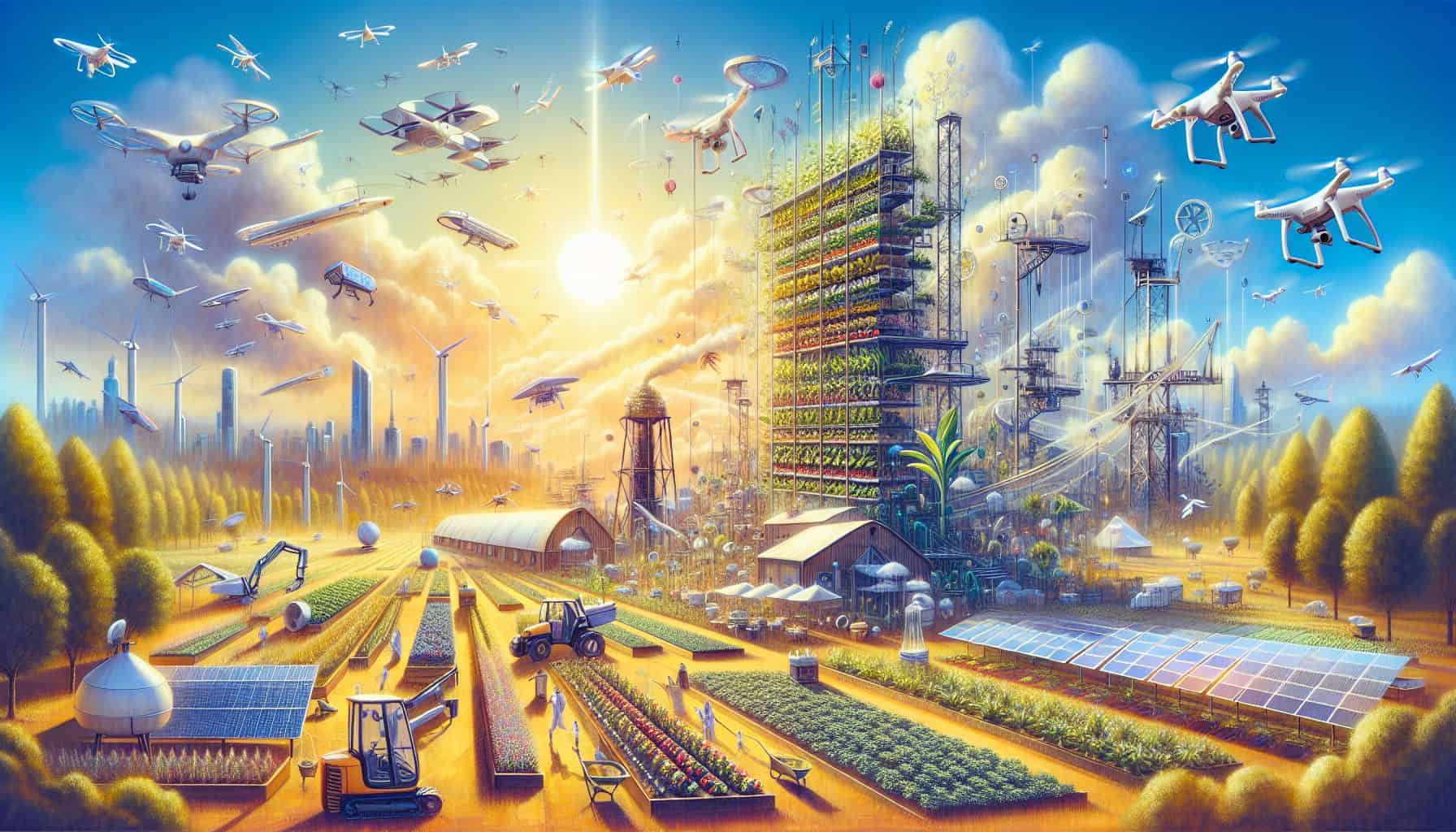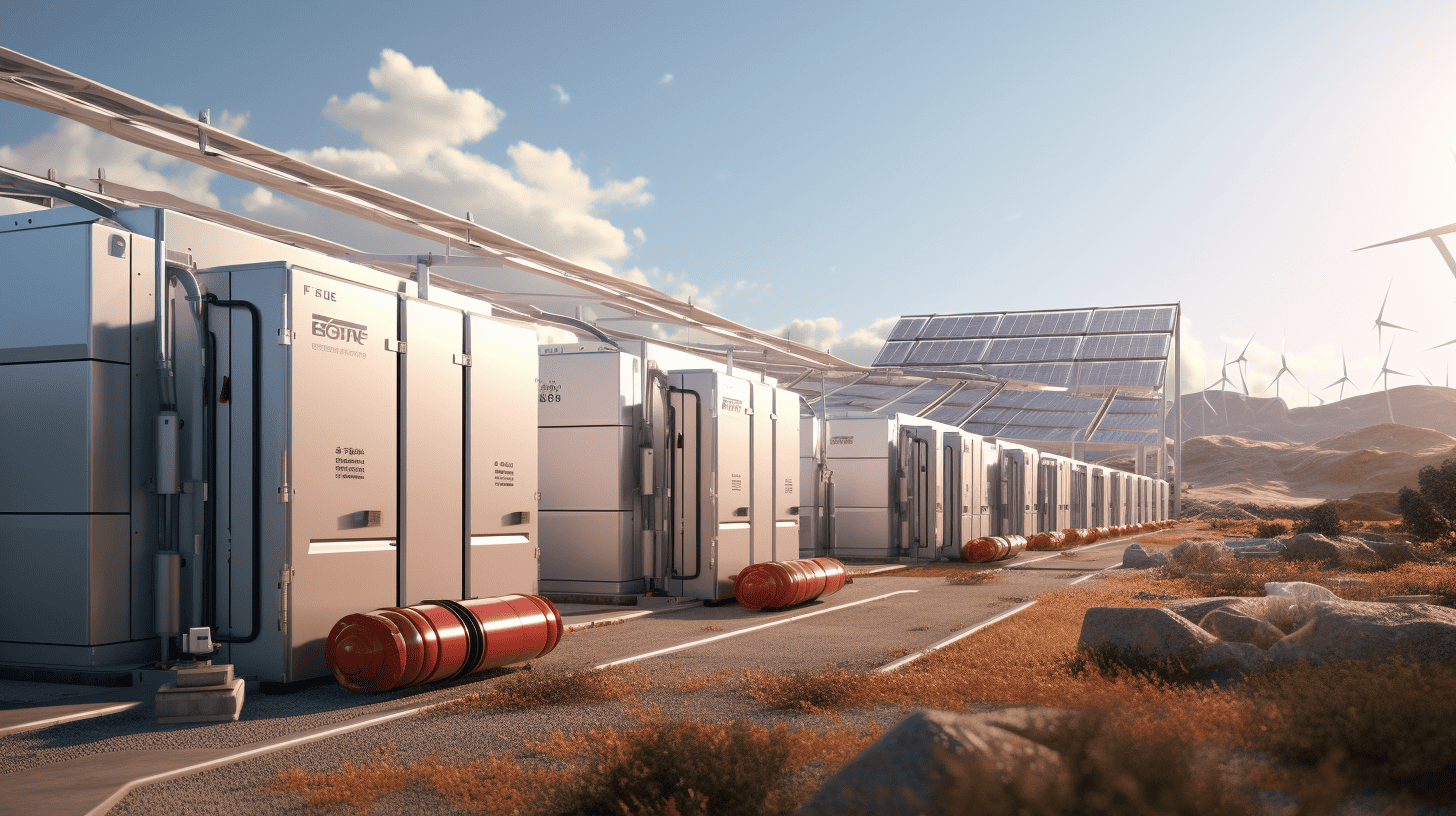
Climate change is no longer an abstract concept seen only in news reports or scientific studies. Its effects are tangible and they’re impacting our wallets. The insurance sector is feeling the pressure as traditional risk assessment models become unreliable due to extreme weather events. This has resulted in higher insurance premiums and reduced coverage in high-risk areas, leaving homeowners and businesses vulnerable. Cocoa prices are hitting record highs due to adverse weather in West Africa, and coffee growers are facing an existential threat due to changing weather patterns. The beverage that millions wake up to could become a luxury. Even the inflation rates are being influenced, with the European Central Bank warning of increased costs due to climate change.
- Climate change is starting to affect our day-to-day lives.
- Food and insurance costs are among the first to rise.
- Combating climate change is also economically imperative.
The rising tide of insurance premiums
Climate change is challenging the insurance sector in ways never seen before. The cornerstone of the industry, risk assessment, is becoming increasingly unreliable due to extreme weather events exacerbated by climate change. Insurers have reported significant losses due to these events, such as the California wildfires in 2017 and 2018, which led to $29 billion in insurance claims, and the hurricanes and floods of 2022, which caused $120 billion in insured losses.
As a result, insurance companies are retreating from high-risk areas, leaving homeowners and businesses exposed. The state of Florida, for instance, is experiencing a crisis as many insurers have withdrawn from the market due to escalating climate change-related risks. State-sponsored insurance companies have emerged to fill the void, but these too are vulnerable to the same risks, potentially placing an additional burden on taxpayers if losses exceed resources.
Cocoa and coffee prices on the rise
Climate change is also hitting our kitchen cupboards, driving up the prices of some of our favourite commodities. Recent weather disruptions in West Africa have jeopardised cocoa output, pushing prices near their 52-week high. The world’s top exporter of cocoa, Cote d’Ivoire, saw above-average rainfall in June, hampering the drying of already-collected cocoa beans. With less cocoa arriving at ports for export, and a growing demand for chocolate, particularly in rising middle-class Asian countries, prices have soared.
Meanwhile, the future of our morning brew hangs in the balance as coffee growers grapple with the impacts of climate change. Even if global temperatures are limited to a 1.5ºC increase, the land suitable for coffee growing will shrink by 54% by the end of the century. This could lead to a devastating loss of livelihood for coffee farmers in countries such as Brazil, Ethiopia, and Vietnam, and a bitter price hike for consumers.
Inflation and the Climate Change Connection
But it’s not just our groceries and insurance premiums that are feeling the heat. Climate change is also affecting inflation rates. According to Christine Lagarde, the European Central Bank President, climate change impacts inflation and poses a financial risk for banks. A study by the European Central Bank and the Potsdam Institute for Climate Impact Research found that rising temperatures could increase global inflation by up to 1% annually until 2035.
Even the humble bee is feeling the effects of warmer springs, which are causing them to wake up earlier. This could lead to a mismatch between the bees and the plants they depend on, potentially affecting crop pollination and leading to higher food prices.
Climate change is no longer a distant concern. The cost of climate change is becoming increasingly apparent, from our insurance premiums to our morning coffee. As we grapple with its financial impacts, one thing is clear: the fight against climate change is not just a moral imperative, but an economic one as well.








